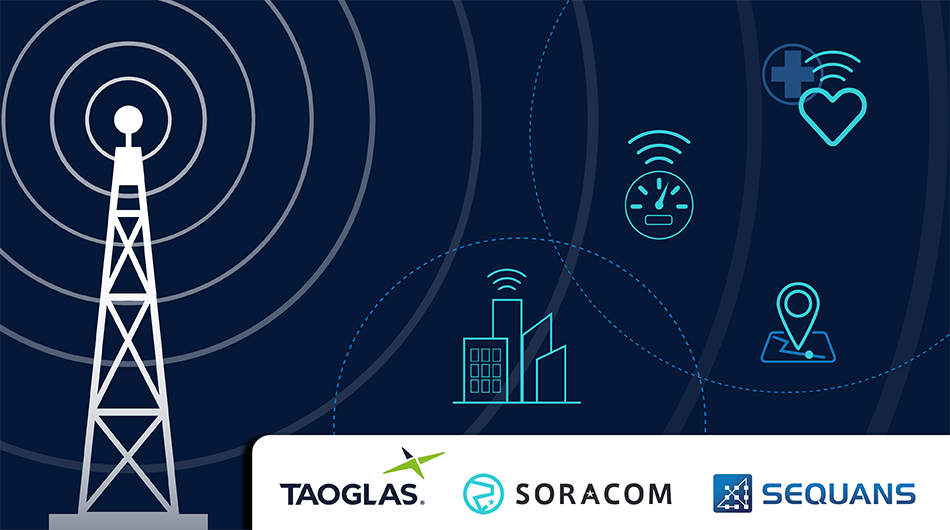How LTE Cat 1bis Bridges the Gap Between Power and Performance in IoT

TL;DR
- Efficient Connectivity for Modern Deployments – LTE Cat 1bis delivers a sweet spot between power efficiency, cost, and LTE performance by using a single antenna for simpler, lower-power IoT devices.
- Ideal for Battery-Sensitive IoT Deployments – This technology is great for applications like smart agriculture, industrial sensors, wearables, and asset tracking where LPWAN falls short.
- An Emerging Standard – Backed by growing industry support, LTE Cat 1bis offers a unique solution for IoT products needing reliable coverage and data rates without the energy demands of higher-speed LTE.
With IoT, it can be easy to get lost in a sea of acronyms and tech specs – but when it comes to balancing power efficiency, cost, and performance, LTE Cat 1bis is one to remember. This battery-conscious connectivity technology is fast becoming the go-to choice for IoT deployments that need solid LTE coverage without the energy drain or hardware complexity of higher-speed LTE.
Let’s break down how LTE Cat 1bis is reshaping IoT.

What is LTE Cat 1bis?
On paper, LTE Cat 1bis might sound like a minor tweak: it’s essentially LTE Cat 1, but designed to run with just one antenna instead of two. This small difference is far more significant than it may initially seem, as this connectivity option allows for:
✅ Simpler hardware: Fewer components make for a lower device cost.
✅ Lower power consumption: One antenna draws less power, extending battery life.
✅ Preserved LTE benefits: Users still get features like mobility, VoLTE (voice over LTE), and data rates up to 10 Mbps downlink and 5 Mbps uplink.
In short, LTE Cat 1bis offers a “best of both worlds” balance – better than ultra-low-power LPWAN (i.e. NB-IoT) for more data or mobility, but much more efficient than high-bandwidth LTE categories that demand more energy.
Power Efficiency Isn’t Just a Buzzword
When deploying a fleet of connected IoT devices, power isn’t just a line item on a spec sheet. It is a key element of an application – one that can be among the biggest operational headaches if not handled correctly.
Think about IoT devices in smart agriculture, remote industrial sites, or mobile healthcare. Due to the mobile nature of these settings, these devices can’t rely on constant power sources and instead need to run on battery for months, maybe even years between scheduled maintenance visits.
While LTE-M or NB-IoT are great for ultra-low-power scenarios, they’re not always available in a deployment area, or may fall short on data throughput or mobility. That’s where LTE Cat 1bis carves out its niche: offering global LTE coverage, sufficient bandwidth, and energy efficiency, making it a practical fallback when other LPWAN technologies just won’t cut it.

Where LTE Cat 1bis Really Shines
So where does LTE Cat 1bis really prove its worth? Let’s look at some concrete examples:
Smart Agriculture
Sensors tracking soil health, irrigation levels, or weather conditions must transmit data intermittently to conserve power, especially in large, remote fields. The power efficiency of LTE Cat 1bis allows these devices to stay afield for longer.
Industrial Sensors
Factories, utilities, and construction sites often rely on remote sensors for equipment monitoring or environmental tracking. LTE Cat 1bis gives these devices long battery life and robust LTE coverage, even in hard-to-reach areas.
Wearables & Medical Devices
From patient health monitors to personal safety devices, these products need reliable mobile connectivity with minimal power draw, especially when users are on the move.
Mobile Asset Tracking
Whether you’re tracking shipping containers, delivery vehicles, or livestock, you need a network that works across mixed LTE regions without draining battery reserves – something LTE Cat 1bis is well suited for.

Why LTE Cat 1bis Is a Long-Term Play
Here’s the big picture: chipset makers and network operators are increasingly backing LTE Cat 1bis, making it a future-forward choice for product teams designing globally deployable IoT devices.
For engineers, it’s an appealing alternative when LPWAN just isn’t enough but traditional LTE feels like overkill. For businesses, it offers a smart way to future-proof IoT solutions without locking into niche networks or burning through battery life.

If you’re exploring IoT connectivity options and want to understand where LTE Cat 1bis fits into your roadmap, we’d love to share more insights. Check out our recent webinar on this emerging technology and reach out to our team to discuss whether it is right for your next project.






